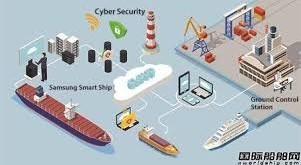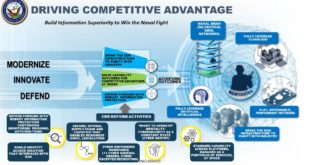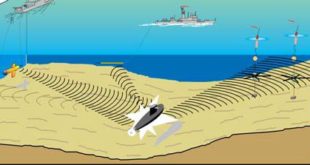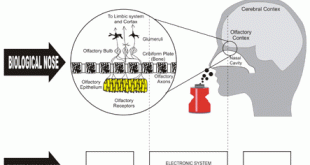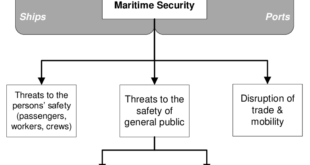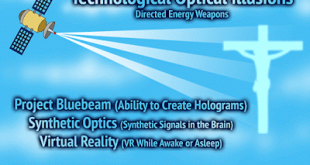As warfighting has progressively become more sophisticated, involving larger forces, encompassing greater areas, and containing many new and more lethal weapon systems, the communication systems supporting the command and control functions have undergone a similar evolution. Communication methods have evolved to the capability of rapidly establishing worldwide “real time” communications …
Read More »Device as a service (DaaS) is becoming future of business hardware
The work-from-home needs of employees due to COVID-19 could help drive big changes in how laptops and other devices are sold. Digital transformation and the work-from-home movement may not be the only big technology trends gaining strength due to the COVID-19 pandemic of 2020. Also picking up traction in the …
Read More »“Smart” technologies transforming shipping industry and ports by improving quality, increasing productivity and lowering costs
Shipping is the lynchpin of a global economy between exporters and importers. Today, about 90% of the world’s goods are transported by water connecting with various land transfer systems, such as rail, truck, and air.” Globalization has fueled huge growth in the shipping industry. Low-cost shipping is the means that …
Read More »Boron nitride nanotubes (BNNTs) considered the strongest light-weight nanomaterial.
Nanomaterials (NMs) have gained prominence in technological advancements due to their tunable physical, chemical and biological properties with enhanced performance over their bulk counterparts. NMs are categorized depending on their size, composition, shape, and origin. Newly discovered materials such as fullerene, carbon nanotubes (CNTs), graphene, transition metal dichalcogenides, hexagonal boron nitride …
Read More »Militaries designing Next Generation Urban Assault Combat Vehicles effective in megacities for urban warfare
Current Ground combat vehicles, especially main battle tanks (MBT) and infantry fighting vehicles (IFV), are the mainstay of technologically superior armies. The combination of firepower, mobility and survivability allows such vehicles to dominate ground military operations. Military planners expect GCVs to fight in relatively open terrain, where threats come from …
Read More »US Navy’s Information Superiority Vision is to modernize, innovate, defend platforms and developing a culture of information readiness
The Department of the Navy Chief Information Officer Aaron Weis has released the DON Information Superiority Vision in Feb 2020 which conveyed the DON’s vision for information superiority through our information, modernized network design, and our workforce; and defines our way forward. As stated by General David H. Berger, …
Read More »Multistatic Sonar Technology has become key to Anti Submarine Warfare (ASW) operations
Three decades ago, only a handful of major powers had effective submarine capabilities but, today, fleets in operation around the world are growing rapidly. Emerging superpowers, like China, can add naval capacity equivalent to a European country’s in the space of a few years. The threat from submarines is serious …
Read More »Compact Electronic noses can monitor air quality, diagnoze diseases to biohazards like covid-19, explosives and nerve gas
Government and local law enforcement agencies have employed canines for decades to sniff explosives and such banned goods as fresh produce, exotic wildlife, undeclared currency and illicit drugs. Now researchers are developing electronic noses imitating the sense of smell of humans and animals especially dogs. The smells are composed of molecules, …
Read More »Rising Maritime threats require Smart Ports, Ship security and safety technologies to improve security and stability of maritime domain
The oceans are vital to the overall growth of the world economy and population, and to the continued economic integration of nations. The oceans are a primary source of food, energy, and transportation, all key requirements of human activity in an interconnected world. They are also essential to meet the …
Read More »Psychological warfare becoming sophisticated with development of new tools and technologies
Psychological warfare involves the planned use of propaganda and other psychological operations to influence the opinions, emotions, attitudes, and behavior of opposition groups. The targets of such propaganda campaigns can include governments, political organizations, advocacy groups, military personnel, and civilian individuals. While all nations employ it, the U.S. Central …
Read More » International Defense Security & Technology Your trusted Source for News, Research and Analysis
International Defense Security & Technology Your trusted Source for News, Research and Analysis


